Chapter Profile
BIODIVERSITY IN KENYA
Kenyan forests are rich in plant and animal biodiversity and perform important watershed functions. Kenyan forests are quite rich in biodiversity. The Kakamega and Nandi forests are known to be the richest in biodiversity though they face the threat of biodiversity loss. The forest wildlife includes mountain bongo, elephant, clawless otter, cape buffalo, bushback, sykes monkey, black and white colobus monkey, leopard, white rhino, and formerly black rhino which has now become extinct. (Mount Kenya Trust, 2020)
THE EXECUTIVE TEAM

Dr. Abdullahi Ali
is a Kenyan field biologist and holds a PhD in Ecology from the University of Wyoming, USA. Ali is mainly interested in wildlife ecology and conservation with special focus on endangered species conservation, landscape change and it is impacts on wildlife. Specifically, Ali is keen on how species thrive in human-modified landscapes with the aim of developing best management strategies that integrate conservation with human livelihoods. In recent years, Ali has rapidly established himself as an expert on hirola ecology, while also working hard to raise its profile locally, nationally and globally. As a byproduct of his efforts, he was recently appointed to the IUCN/SSC Antelope Specialist Group, named a World Conservation Fellow (by the U.S. Fish and Wildlife Service and other groups), and work as a fellow for the Zoological Society of London’s EDGE (Evolutionarily Distinct and Globally Endangered) group. His hirola research focuses on range collapse, habitat selection and demography of hirola in Eastern Kenya. In addition, Ali is interested in restoring habitat for hirola and livestock that co-occur and potentially compete for forage. In all of his effort, Ali is striving to ensure his efforts translate into practical conservation solution for hirola

Angela Rita Onyango, Vice President
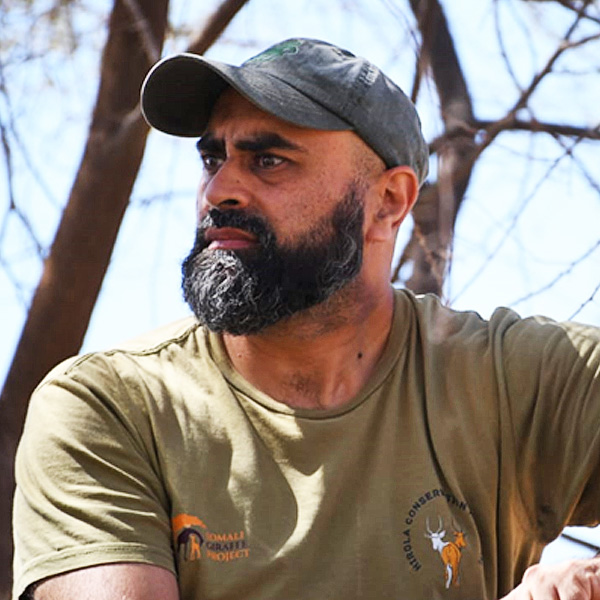
Nishad Patel, Community Liaison Officer
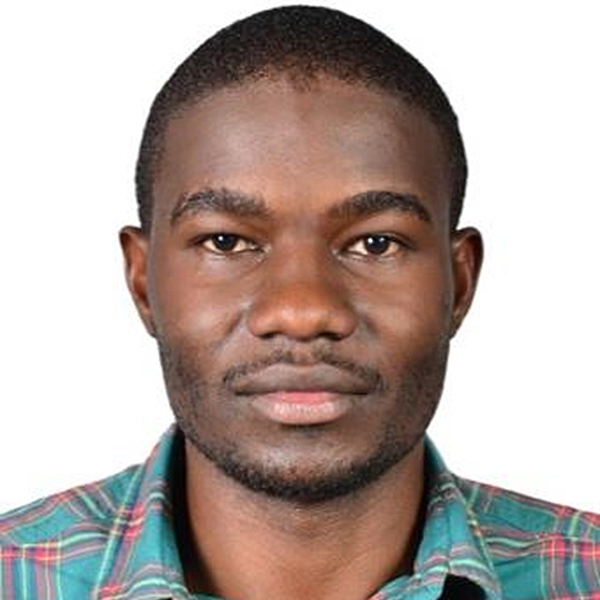
Erick Ogallo,
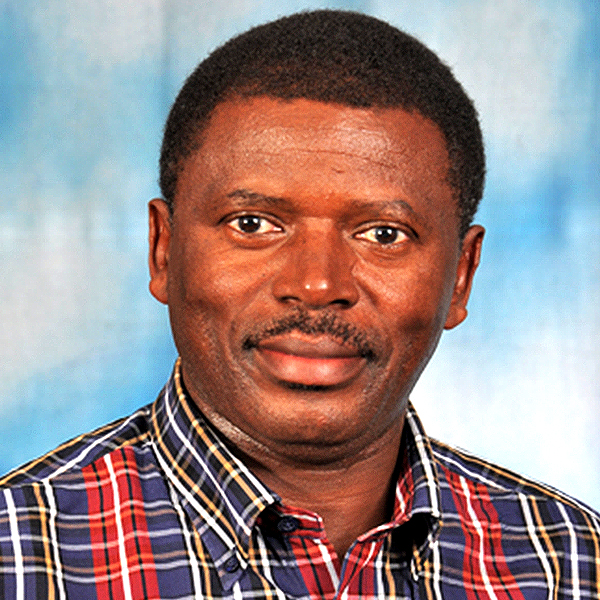
Dr. E. M. Mwangi
An ecologist/conservation biologist and industry expert with over 20 years of work experience in conservation sector policy and practice, the environment and natural resources management.
Senior Lecturer at the University of Nairobi; independent Consultant and, previously Advisor in several regional biodiversity conservation and environmental programs.
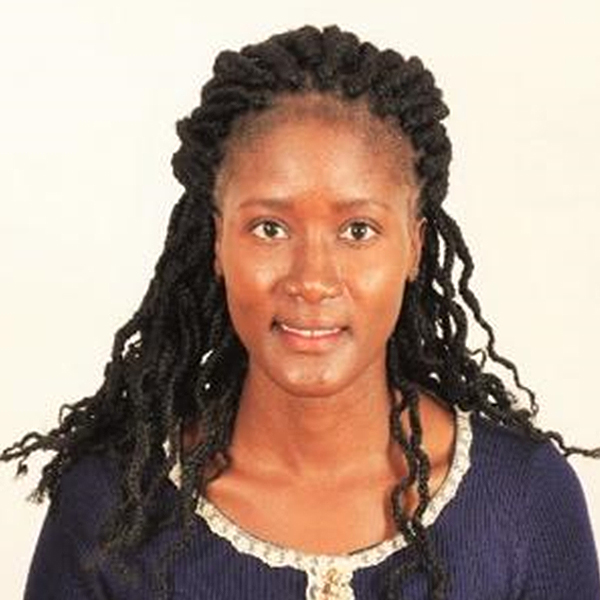
Susan Anyango Oginah
is a graduate with master’s degree in Conservation Biology from Maseno University. She has 3 years’ experience in conservation field research. She is passionate and interested in biodiversity conservation particularly of the critically endangered species.

Mr. Nicholas Kirui
Currently working with Kenya Wildlife Service (KWS) based at its headquarters Nairobi in the Wildlife Directorate division.
He is in charge of human wildlife conflict resolution/co –existence office with the task of coordinating response to human wildlife interactions issues from the field among other issues. Interests include biodiversity conservation and coexistence between humans and wildlife and sharing benefits accruing from biodiversity conservation.
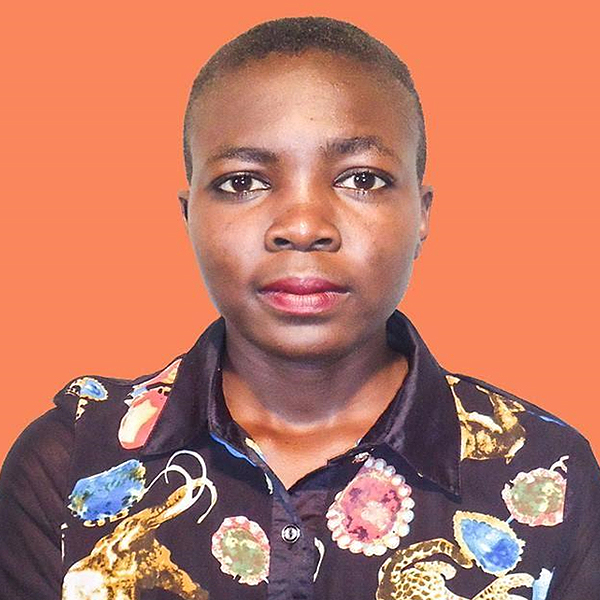
Beldine Akinyi Okoth
How can you join the SCB Kenyan Chapter?
Send your resume and cover letter to the following email: member@conbiokenya.org giving a brief description of your current projects and prospects and your intended contribution to the SCB Kenyan Chapter.
